Japan: Kyoto's Nishiki Market

We were on the hunt for one main souvenir in Japan: knives. Because somehow we have amassed the fifteen worst knives in America, all cluttering up our small rental kitchen, and we figured there was no better place to begin remedying this than the heart of Samurai country.
The Nishiki Market was our best bet for this mission. Housed in a single covered corridor in the heart of the city, and running about 400 meters in length, the "kitchen of Kyoto" is open daily. Fresh fish and veg, artisanal donuts, dried foods, cheap souvenirs; they can all be found at the market. Oh, and if it can be pickled, you can definitely locate it on the premises.


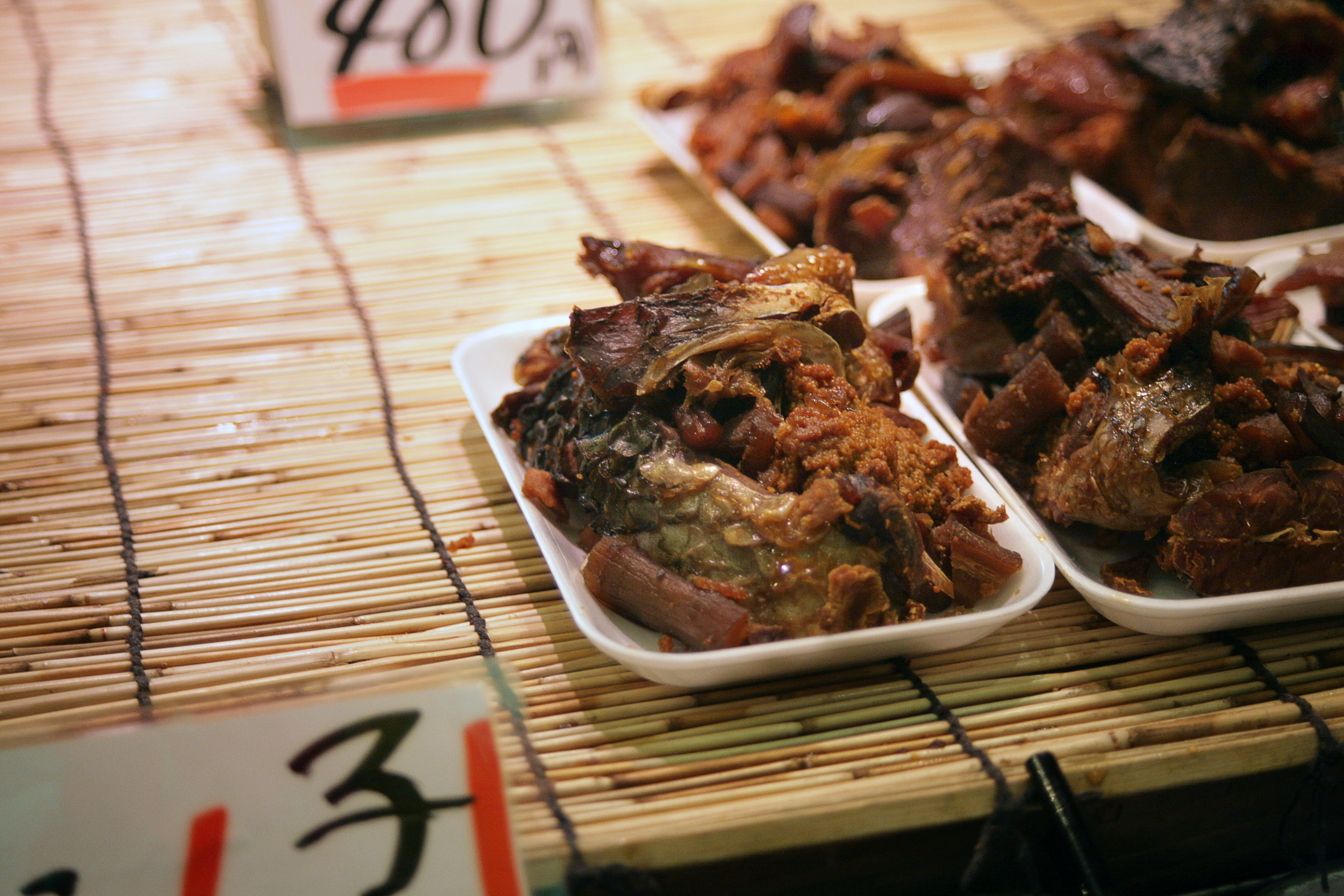
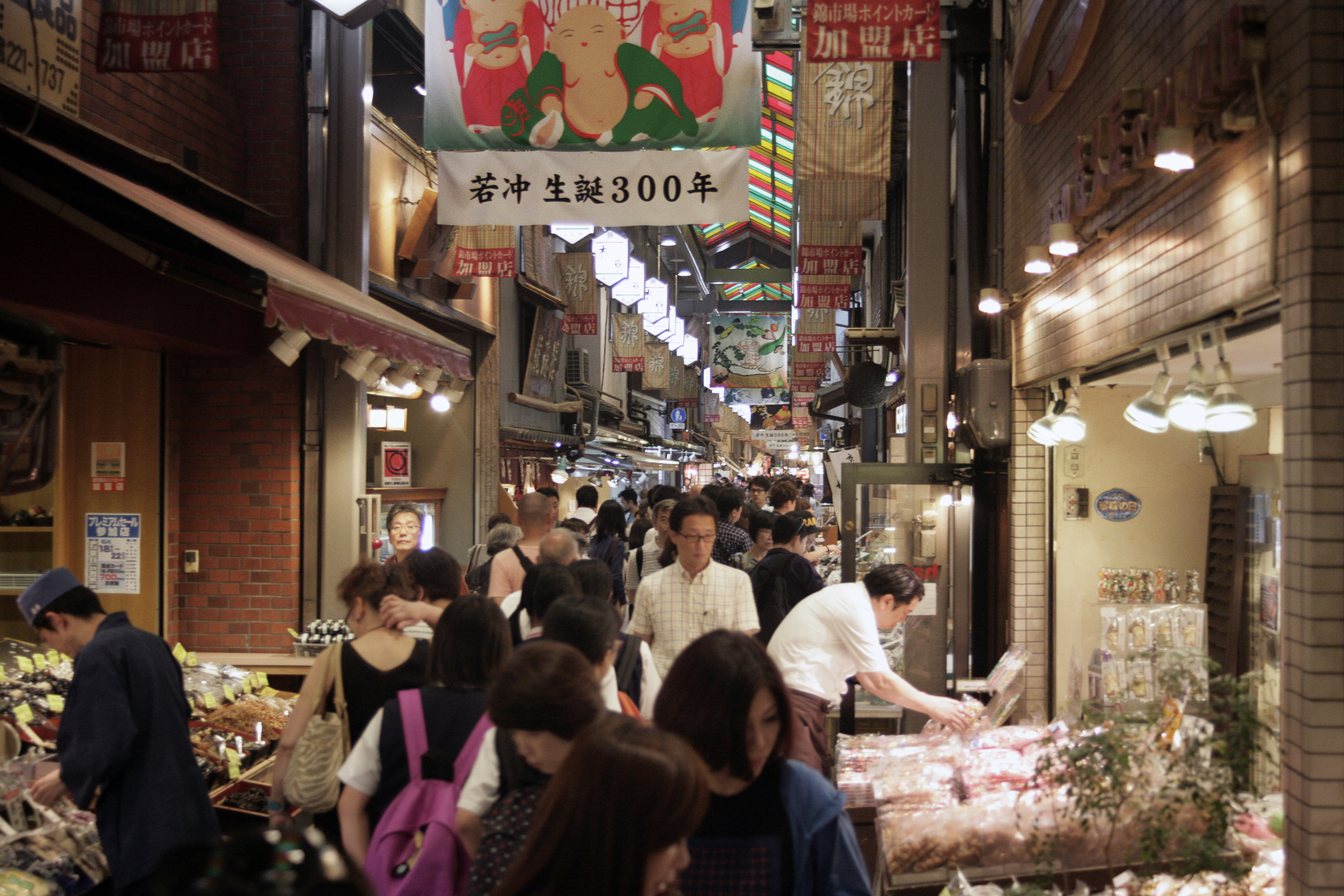
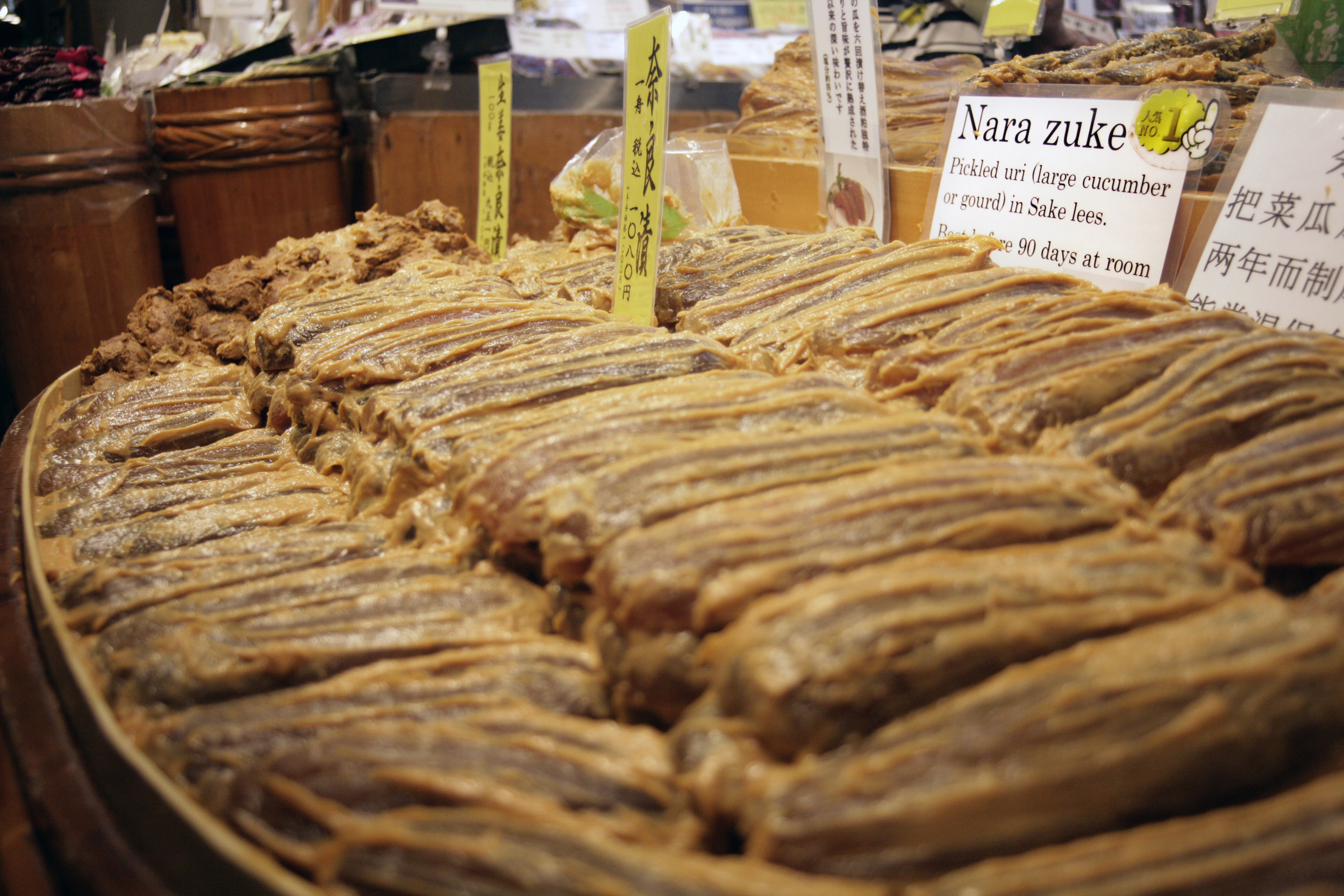
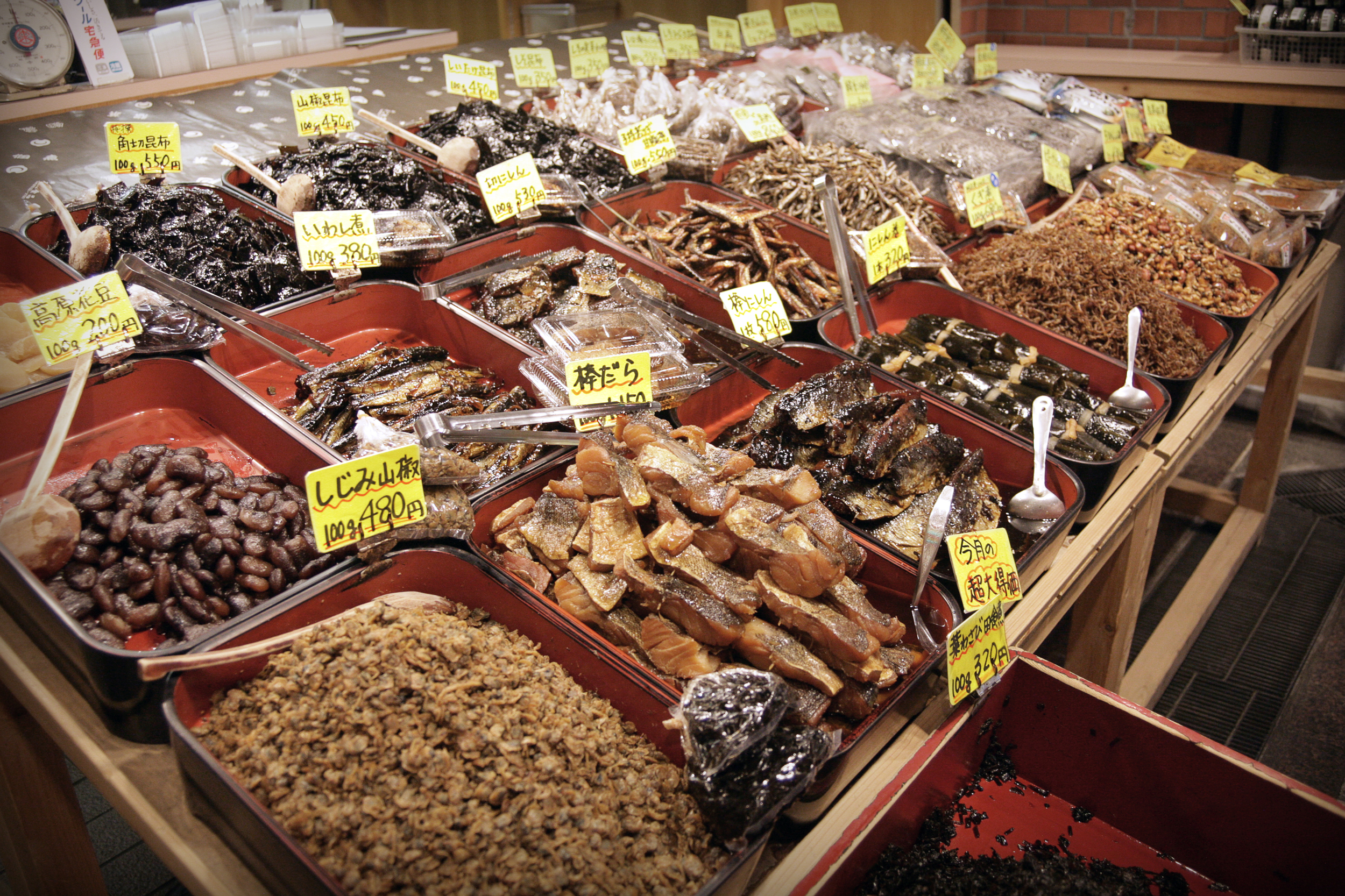
On the East end of the market you'll find Aritsugu, the manufacturer that has been in the blade business since 1560. For generations, they were a supplier of swords to the Imperial leadership of Japan. Given that the demand for Samurai swords isn't what it once was, chefs and amateur cooks alike are now the beneficiaries of their craft.
We settled on two beautiful, double-edged chef's knives (18cm and 15cm), made of carbon steel wrapped in a rust resistant stainless steel coating. The options were endless; all manner of cutting apparatuses line the hallowed walls of this tight shop that we can only assume is perpetually elbow-to-elbow professional and amateurs alike. But being minimalists by nature, we went for the two knife sizes that should cover virtually all home cook needs.
As a service at no additional charge, they're also happy to engrave them for you. To memorialize our Japan trip, and after frantic deliberation at the busy counter, we opted to chip-in the year 2016 using Japanese characters (we're taking them at their word they got this right) flanked by a pair of "A"s.

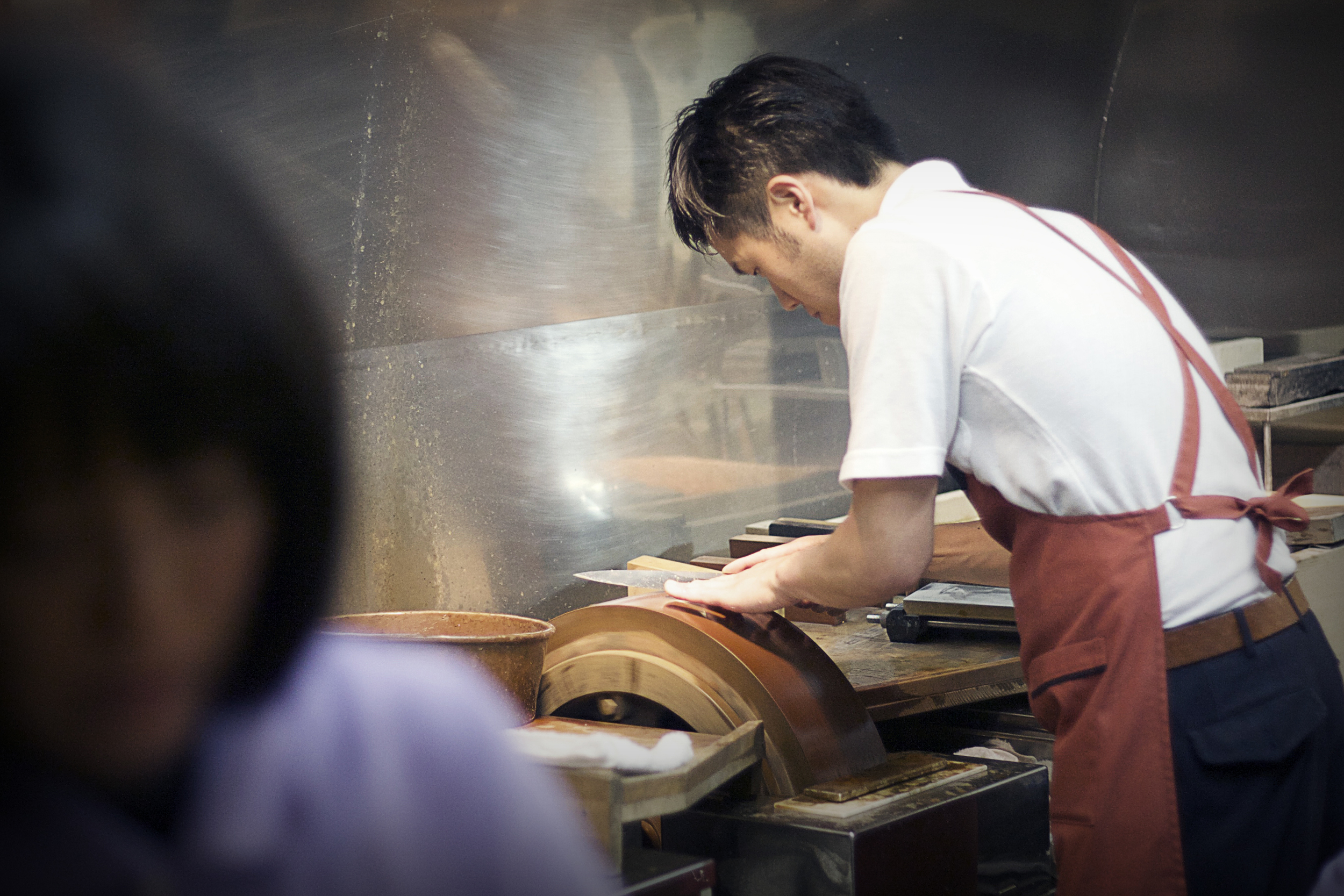
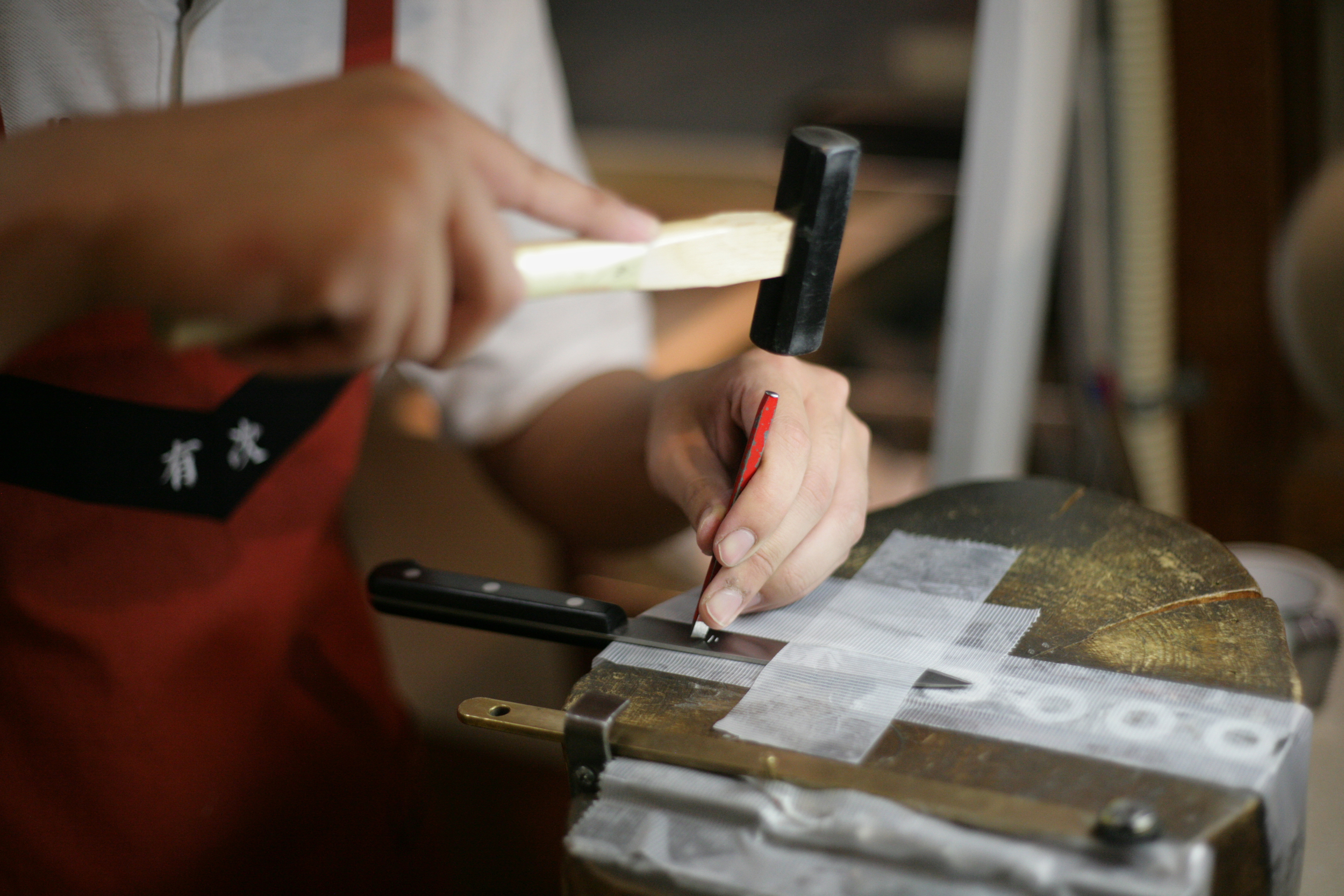
The kind folks at Aritsugu gave us proper instructions on how to take care of our new acquisitions. We opted for the stainless exterior because of the limited care needed. It's really only the sharp end of the blade (carbon steel) that is exposed to potential rust. The other option would have been full carbon steel knives (which are GORGEOUS by the way), but they require more vigilant upkeep than we would realistically maintain. As it is, we're supposed to keep the blades dry after use and we should be acquiring a whetstone for regular sharpening.
This should keep these tools in top shape for a long time to come, and it will be wonderful to reminisce about traveling Kyoto every time we step into the kitchen.
ta da!
One other nifty thing... If you're purchasing knives as a gift for others they will include a small whetstone with your purchase to accompany the gifting. It's part of a tradition, the idea being the whetstone is to symbolically dull the blade so the knife is not to sever the ties between the giver and the recipient.
-- Addie & Andy






